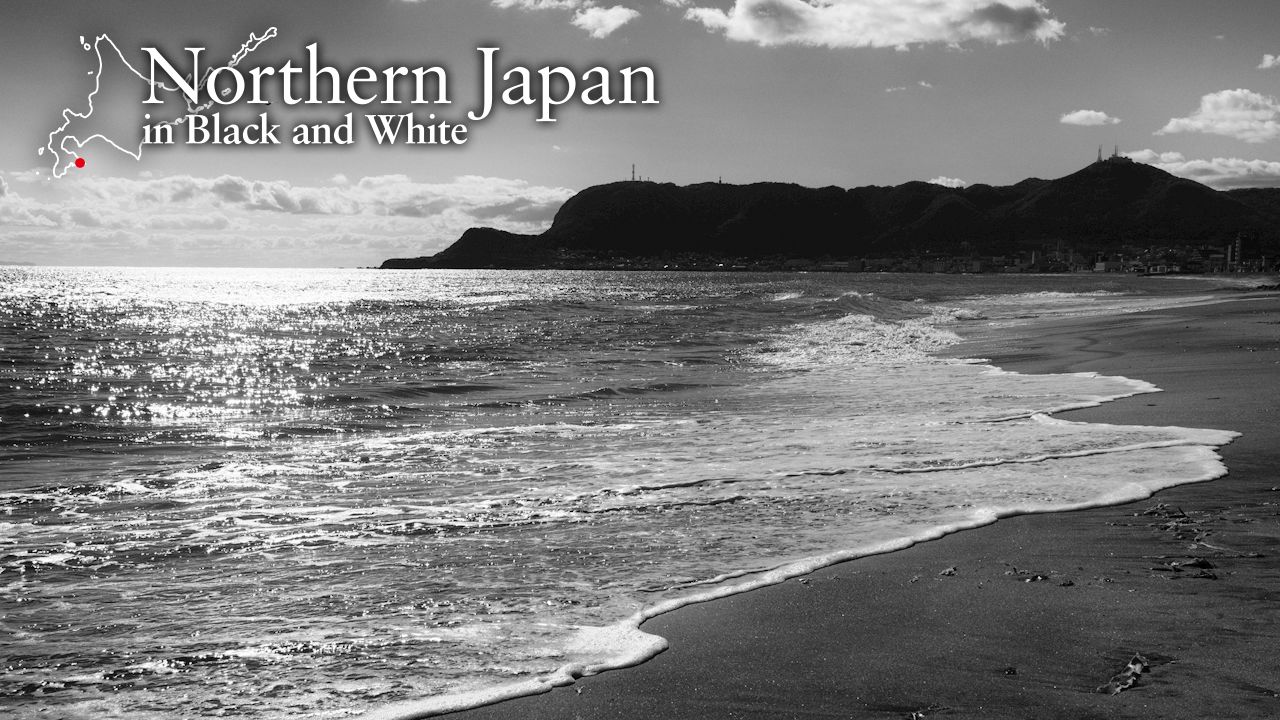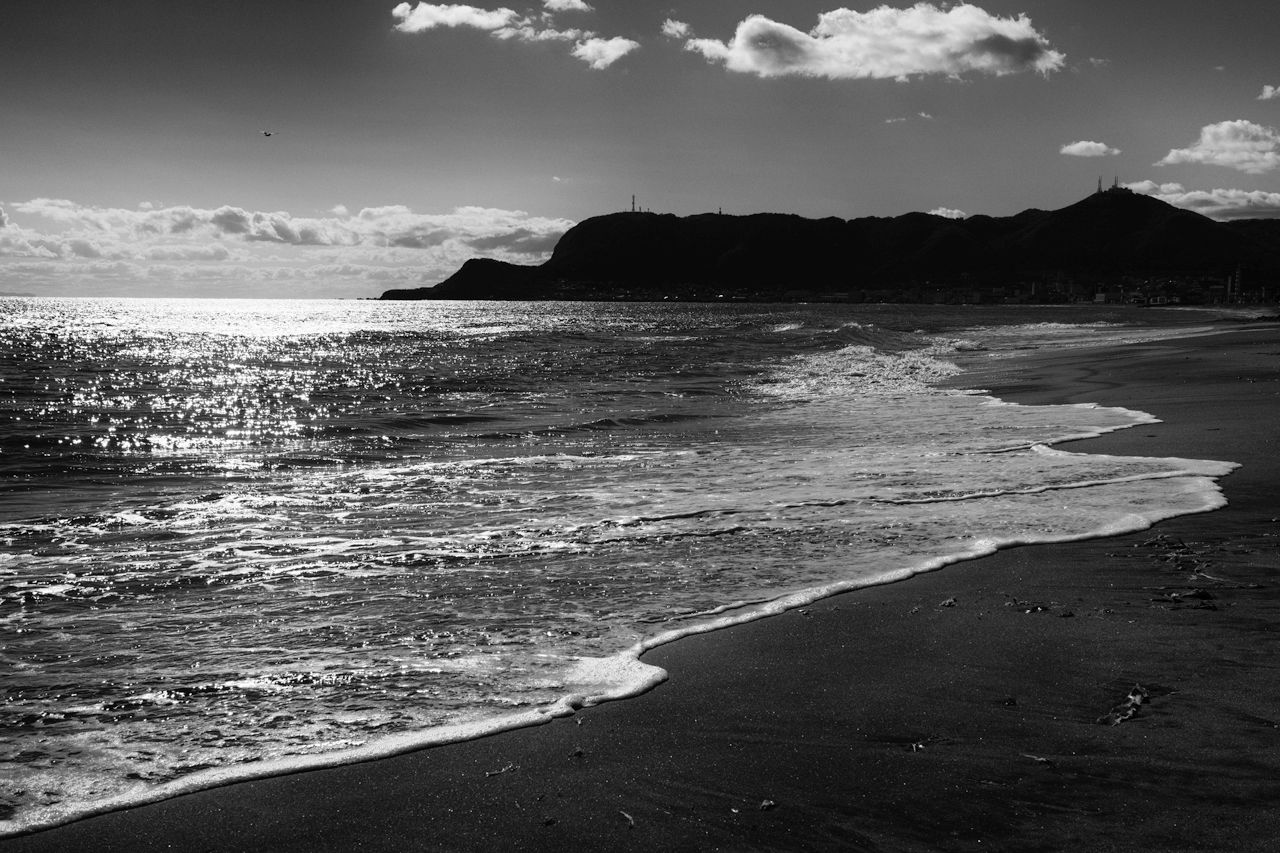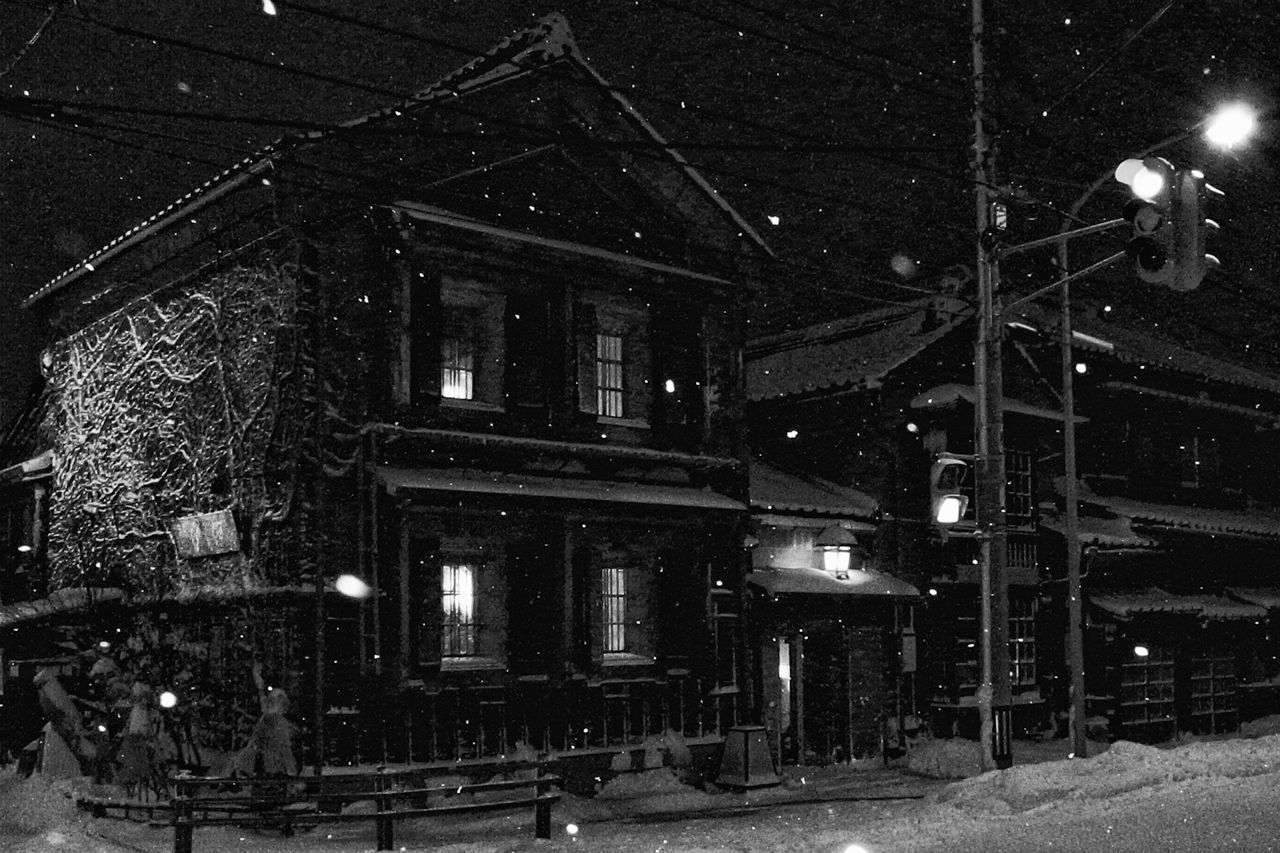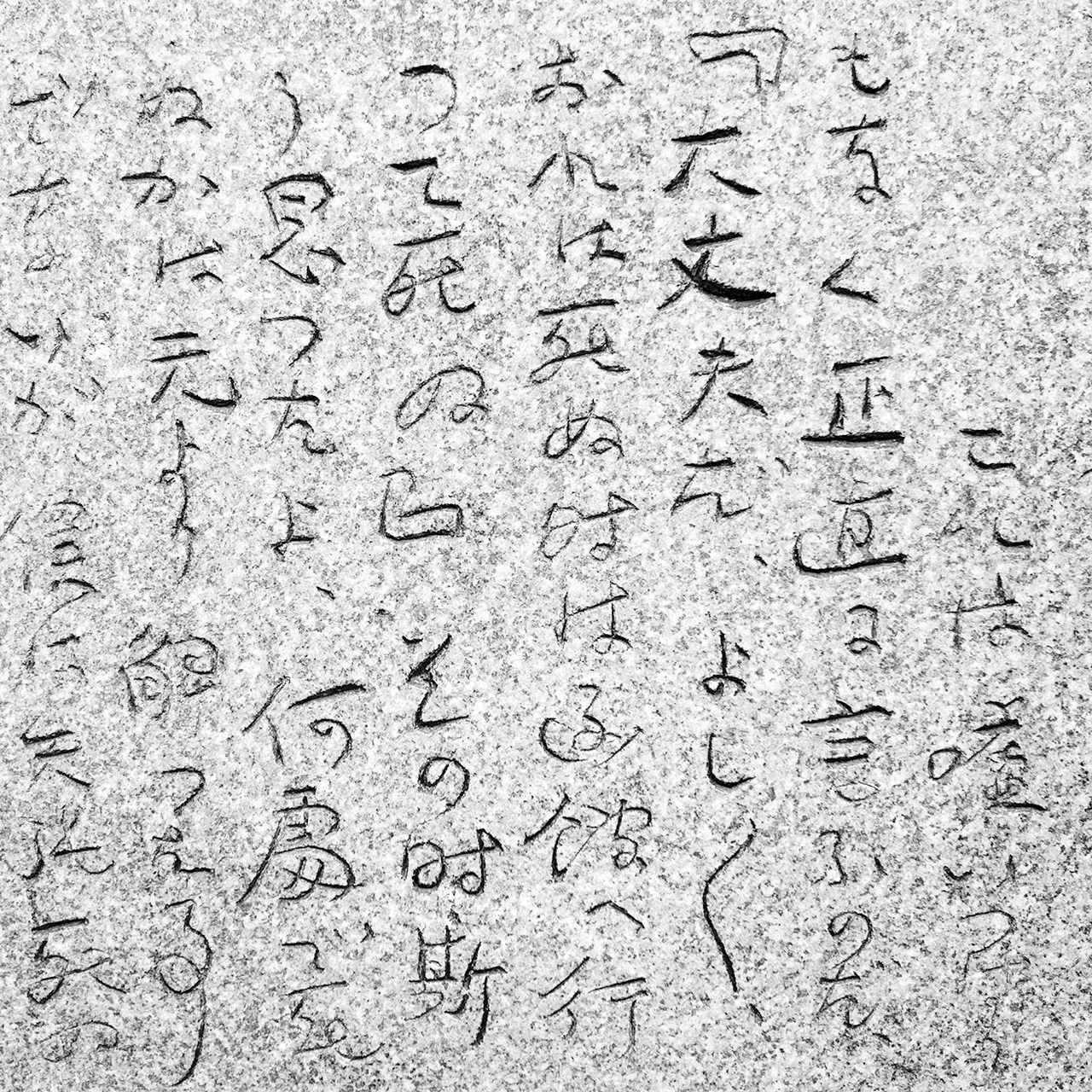
“I Will Go to Hakodate to Die”
Guideto Japan
Travel- English
- 日本語
- 简体字
- 繁體字
- Français
- Español
- العربية
- Русский
“June 11, 1907: Ishikawa Hajime hired as substitute teacher at Hakodate Yayoi Elementary School. Monthly salary: 12 yen.”
The records of Hakodate Yayoi Elementary School date back to its founding in 1882. Paging through these venerable books, carefully stored even today in a fireproof safe in the principal’s office, the reader may encounter a familiar name—or an unfamiliar one, since, of course, “Ishikawa Hajime” is better known to posterity as the poet Ishikawa Takuboku.

Ōmorihama, immortalized in a tanka in Takuboku’s A Handful of Sand, reading: “On the white sands of a small island in the eastern seas, my face wet with tears, I play with the crabs.”
Already acclaimed as a poet of genius, Takuboku was warmly welcomed by Hakodate’s literary community. Through these connections, he found employment as a substitute teacher at Hakodate Yayoi Elementary School, albeit at meager wages even for the time. But then came the Great Fire of Hakodate in 1907. “The fierce mountain winds fanned the flames from a single match,” Takuboku wrote. “The clouds went mad, the wind went mad, the fire went mad, the people went mad, the police went mad, the dogs went mad.”
Takuboku was among those whose lives the fire derailed entirely, “The schoolhouse and newspaper offices have both burned down,” he wrote. “Our house was endangered, too, but escaped unharmed in the end.” Just three months earlier, Takuboku had brought his wife, children, and even his mother to Hakodate to build a new life together, but now he was forced to leave them behind and set off for Sapporo in search of work.

Today home to Tea Salon Hishii, this building once housed a pawn shop said to have been frequented by Takuboku’s wife, Setsuko.
After a year of drifting across Hokkaidō, Takuboku moved to Tokyo and published A Handful of Sand to great acclaim, but died in straitened circumstances at the age of just 26. Takuboku had said in life, “When my time comes, I will go to Hakodate to die,” and to honor this vow a tomb was built for him on Cape Tachimachi, where he and now his family rest to this day.
Locations
- Ishikawa family grave: 13 minutes’ walk from the Yachigashira stop on the Hakodate City Tram
- Ōmorihama (Takuboku Memorial Park): 1 minute’s walk from the Takuboku Memorial Park bus stop
- Tea Salon Hishii: 2 minutes’ walk from the Hōraichō stop on the Hakodate City Tram

The Ishikawa family gravestone. The inscription is from a letter to Miyazaki Ikuu, who offered the family both moral and practical support, in which Takuboku expresses his wish to end his days in Hakodate.
(Originally published in Japanese.)
tourism Hokkaidō Hakodate photography Northern Japan in Black and White